Part 1: The Anchors Aweigh-LeBron James South Beach-Tenants May Go Away-Frank Sinatra-Bruce Springsteen-Traffic-Big Brother Is Watching Retail Conundrum
Anchor Tenant, Co-Tenancy, Continuous and Other Retail Business Operating Requirements
We want to pay homage to the fight and march song, respectively, of the U.S. Naval Academy and the U.S. Navy, namely that of “Anchors Aweigh.” For those of you not familiar with this 1906 classic nor the phrase itself, “anchors aweigh” essentially refers to a seaman informing his or her superior that the ship’s anchor has been raised from the bottom of the sea and that the ship is now officially ready to cruise the open seas (and quite possibly go to battle!). In our case, the battle will be that of how crafty a landlord attorney can be when it comes to drafting anchor tenant, co-tenancy, continuous and other retail business operating provisions, and how precise tenant advocates can be when they attempt to take their surgical machete to such provisions during letter of intent (LOI) and/or lease negotiations!
What is an Anchor Tenant?
- Although some might argue with the following definition, given the economic climate surrounding retail shopping centers as I am writing this in August of 2017, an anchor tenant is generally perceived as a large tenant with prestige, name and brand recognition that will hopefully attract customers and smaller tenants to lease space in a mall or shopping center.
- Please note that quite often, an anchor tenant will pay a lower rental rate than ancillary tenants that follow it in the lease up of a mall or shopping center.
Anchor Tenant Negotiating Tips and Lease Language
- Landlord Advocates: please be aware that in order to induce tenants to open a location in a landlord’s shopping center or mall, the landlord may have to represent and warrant in a tenant’s lease that major anchor tenants will occupy and operate their business throughout the term of the non-anchor’s tenancy.
Sample Anchor Tenant Language: “Landlord represents and warrants that it has entered into lease agreements or operating covenants with HUGE TENANT LLC AND GARGANTUAN TENANT LLC (hereinafter referred to as the “Inducement Anchor Tenants”) to occupy the locations shown on Exhibit “A”, and that each Inducement Anchor Tenant is legally obligated to operate a department store in the Shopping Center in the aforementioned locations in stores with gross leasable floor areas respectively of at least 50,000 and 100,000 rentable square feet, for terms commencing simultaneously or prior to the term of this Lease and expiring no sooner than the term set forth in this Lease.”
- Landlord Advocates: be aware, when making a representation of this nature that many skilled tenant advocates subscribe to my LeBron James South Beach Theory when it comes to Inducement Anchor Tenant provisions. Much like LeBron James did when his contract allowed him to escape the Cleveland Cavaliers and take his talents to South Beach for the first of his 4 straight NBA Final appearances for the Miami Heat, tenant advocates very well may attempt to negotiate an escape hatch for their smaller, non-inducement tenants by way of counteractive language allowing such tenant to “hoist anchor” and terminate its lease, if and when the Inducement Anchor Tenant is no longer operational.
Tenant Advocate Sample Language: “If at any time during the lease the Inducement Anchor Tenants fail to be open for business for a period of more than thirty (30) days, or alternatively, for a period of more than thirty (30) days, less than eighty-five (85%) percent of the gross leasable area occupied by the Inducement Anchor Tenants shall be fully occupied by retail tenants who are open for business (hereinafter referred to as the “Operating Co-Tenancy Requirement”), then tenant, at any time thereafter, shall have the right to do any one or more of the following:
(a) terminate this lease by giving landlord ten (10) business days written notice of its election to do so, and upon the giving of such notice, this lease shall be null and void and neither of the parties hereto shall be further obligated hereunder;
(b) cease business operations in the premises with a full abatement of all rents and charges until the Operating Co-Tenancy Requirement shall again be fulfilled; or
(c) elect to continue its business operations within the premises and pay to landlord in lieu of all rents and charges provided for herein, which shall abate until the Operating Co-Tenancy Requirement shall again be fulfilled, as Substitute Rent a sum equal to ___% of its Gross Sales not to exceed, however, an amount equal to the monthly minimum rent otherwise provided for herein. Such Substitute Rent shall be paid monthly in arrears on or before the twentieth (20th) day of each month until the Operating Co-Tenancy Requirement shall again be fulfilled.”
- Landlord Advocates: when faced with the foregoing tenant requests, feel free to channel the Simon and Garfunkel 1960’s classic “Bridge over Troubled Water” as you attempt to either say “no” to these “asks” or alternatively, put on your leasing life preserver when you somehow bridge the gap as to how you and the tenant view the loss of an Inducement Anchor Tenant by at least watering down these tenant requests time, abatement, operating and termination wise as much as possible.
For sake of clarity, please know that co-tenancy clauses and the penalties associated with them come in a number of forms and flavors, but as a general rule, the 3 most common forms are (1) opening date co-tenancy clauses, (2) pre-occupancy (also known as a pre-leasing co-tenancy provision), which essentially will allow a tenant to terminate its lease (and quite often not have its rights and obligations under the lease begin to run) unless a certain class of tenants have signed leases and are operational by a pre-established date certain, and (3) the aforementioned occupancy co-tenancy provisions.

